This is one trend I didn’t want to be a part of. With the recent boom in bicycle riding, including among senior adults, so too have the number of cycling accidents and injuries been on the rise.
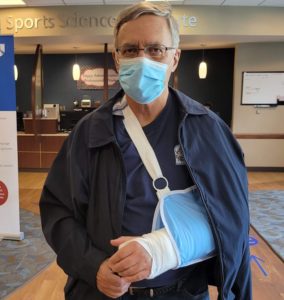 I have ridden a bicycle throughout my adult life, although my ridership has increased significantly in recent years now that I am semi-retired. It also helps that there are more dedicated bike trails available these days for cyclists. Plus, I have discovered the joys of electric-powered bikes, more commonly known as e-bikes. They make biking fun again, especially for us seniors (See story link at the end of this column for more information about e-bikes).
I have ridden a bicycle throughout my adult life, although my ridership has increased significantly in recent years now that I am semi-retired. It also helps that there are more dedicated bike trails available these days for cyclists. Plus, I have discovered the joys of electric-powered bikes, more commonly known as e-bikes. They make biking fun again, especially for us seniors (See story link at the end of this column for more information about e-bikes).
Thanks to careful riding and good fortune as an adult cyclist, I had never before even fallen off my bike, let along sustained an injury. My good fortune ended recently with my first tumble, while riding with one of my daughters on the beautiful Virginia Capital Trail near Williamsburg. I shattered my elbow, requiring a difficult three-hour surgery to repair. Now, rather than riding my bike, I am going to rehab therapy three days a week.
Reflecting on my experience and hearing stories of other senior cyclists who have sustained injuries from biking accidents, I thought this might be an opportune time to write a column offering some bike safety tips for seniors, especially those seniors who are new to biking or haven’t ridden since childhood.
I hope these suggestions will improve your odds for avoiding accidents and injuries.
How Common Are Bike Accidents and Fatalities?
Riding a bicycle is not considered a high-risk activity, but by nature it is not without risk. After all, a cyclist is propelling him or herself at speed while balancing atop a machine with two relatively thin tires and no surrounding cage for protection. Add to that the fact that bicyclists are riding on paths or roads often shared by cars, trucks, pedestrians and other cyclists, and you have a formula for potential trouble.
In a recent year, 2018, some 47,000 U.S. cyclists were involved in accidents and 857 cyclists died a result, according to the U.S. National Highway Traffic Safety Administration(NHTSA). While good statistics are hard to find for the past year, we know that during the COVID pandemic bike ridership increased significantly. It’s likely that bike accidents are also on the rise.
“In a recent year, some 47,000 U.S. cyclists were involved in accidents.”
Senior riders face additional risks. Our reflexes and sense of balance may not be as keen as they once were. Many seniors who are buying bikes today haven’t ridden since childhood. They aren’t experienced riders and may not know common riding rules and trail etiquette. Plus, let’s face it, when we fall at our more advanced ages, things are more likely to break, like my elbow. We seniors don’t bounce well.
None of this is intended to scare you away from cycling. It’s an extremely enjoyable activity that promotes better health, both mental and physical. It’s an activity most seniors can do, especially with the assistance of today’s e-bikes. Besides, no matter what you do, there is risk. Driving to the store. Walking around the block. Boating. Hiking. Pickle ball. The point of this story isn’t to dissuade you from cycling but to equip you with the knowledge you need to become a safer rider and avoid accidents and injuries. Personally, I cannot wait to get back on my bike, although my doctors say that will take a few months.
The No. 1 Safety Rule For All Cyclists
If there is one simple step you can take to improve your odds of avoiding serious injury and death on a bike, it is this: wear a helmet. About two-thirds of all cycling deaths, and one-third of all cycling accidents, involve the head and face, according to Cleveland Clinic. Wearing a helmet can reduce the risk of head injury by up to 85 percent.
Many cyclists who don’t wear helmets justify it by saying they are “only riding around the neighborhood” or not riding at high speed. Even a low-speed crash can cause significant injuries. My shattered elbow occurred in an accident while I was riding under 10 mph. Skulls are no match for pavement, so wear a helmet.
“Skulls are no match for pavement, so wear a helmet.”
Even many cyclists who wear helmets don’t do so properly, exposing themselves to greater risk. It’s important to get a proper fit. Make sure the fit is snug so the helmet won’t move around on your head. Wear the helmet level, not tilted back, so the forehead is always covered. Cleveland Clinic recommends that the bottom edge of the helmet should be one to two finger widths above the eyebrow.
Personally, I have the same policy with helmets when biking that I do with wearing a seatbelt in a car: The vehicle isn’t going anywhere until the helmet (or seat belt) is in place.
A Proper Bike Is Important
For safety, you need a bike that fits you properly and is in good repair. A bike that is too large or too heavy for you will be hard to steer and maneuver, especially when you need to take quick corrective action to avoid a crash. Make sure the bike is fitted to you properly, including the handlebars, seat, and pedals. The local bike shop where you purchased the bike should be able to help you make these adjustments.
Obey Traffic Laws
Cyclists can avoid some mishaps by following traffic laws, which apply equally to motorists and bikes. This includes stopping at stop signs and traffic lights. It includes riding on the correct side of the road, not opposing traffic. It includes signaling your intent when turning. If your bike isn’t equipped with turn signals, and most are not, then it’s important to use proper hand signals so motorists know when you plan to turn.
One risky behavior I see often on bike trails is where bicyclists ignore stop signs on cross roads, often not even slowing down. True, most of these cross roads are low-traffic and motorists will often yield to cyclists anyway, but it’s a dangerous assumption to make that either no vehicles will be on the cross road or that if there are they will stop for you. If you’re sailing through an intersection on a bike at 12 to 20 mph and a motorist doesn’t yield to you, your injuries will be far worse than my broken elbow. It’s not worth the gamble.
E-Bikes Carry Added Risks
I absolutely love my electric bikes and would never go back to a traditional, manual bike. That said, it’s a reality that e-bikes carry more risks, especially for some senior adults and inexperienced cyclists. Electric bikes are not only heavier than traditional bikes but are capable of higher speeds in everyday use. Thanks to throttles and electric-assist features, e-bike cyclists always have a surge of power available to them. That’s a good thing when used properly but can cause accidents when abused.
Among novice riders, a significant number of e-bike accidents happen when first starting a ride or at the end. If your e-bike has a throttle, learn to use it to help you take off smoothly and avoid wobbly starts. Especially for new e-bike riders, it’s a good idea to mount the bike with the power turned off, and turn it off again before stopping. This will reduce the risk of accidental power surges by hitting the throttle or pedal at the wrong time. Trust me, I learned this tip the hard way with my first e-bike.
Speed Kills
Just like with other vehicles, speed kills on bicycles. For every additional 5 mph that you are cycling, the risk of injury from an accident increases significantly. A 15 mph crash will do considerably more harm than a 10 mph crash. At speeds of 20 mph and higher, all bets are off. Good luck. Bikes are made for leisurely rides and exercise, not high speed. If you do insist on cycling routinely at high speeds, at least think more like motorcyclists rather than bicyclists: wear much more protective gear and heavy clothing.
“At speeds of 20 mph and higher, all bets are off. Good luck.”
Prepare for (or Avoid) Night Riding
There is a high correlation between bike fatalities and darkness. According to the National Highway Traffic Safety Administration, most bike fatalities occur between 6 and 9 p.m, with the 9 p.m. to midnight time period also ranking high. It’s hard enough for motorists to see bikes during the day, let alone at night. It’s also harder for cyclists to see potholes and other road hazards at night. Your best bet is to avoid night riding, period. If you must ride after dark, then make sure you and your bike are up to the task. Wear bright, reflective clothing. Consider using reflective Velcro straps on your arms and ankles. Use as many lights as possible, front and back. This may include flashing red lights on either the back of your bike or on your helmet or both. It’s your job as a cyclist to make sure motorists can see you.
Don’t Ride Impaired
It’s hard to imagine why anyone would be so careless as to ride a bicycle under the influence of alcohol or drugs, but statistics show it’s a significant contributing factor in many deadly bike accidents. The NHTSA says 26 percent of cyclists in fatal crashes had high levels of alcohol in their blood. If you add impaired motorists, 37 percent of all bike fatalities are alcohol related. Tip: Riding a bike while under the influence is suicidal; don’t do it.
“Riding a bike while under the influence is suicidal; don’t do it.”
Go Enjoy Your Ride!
Observing these rules and practices will greatly reduce your chances of having a serious bicycling accident. Biking is an excellent outdoor activity for people of all ages, including senior adults. Don’t let the fear of an accident keep you from enjoying all of the social, mental, and physical health benefits of cycling. Many seniors can safely cycle at least through their 70s and well beyond; see related story link below about a club for cyclists in their 80s.
As for me, right now my elbow pain is real but getting better each day. Rest assured I will be back in the saddle once my doctors say I can do so safely. Hope to see you on the trails!
* * * * *
Want to Read More Stories About Seniors and Cycling?
E-Bikes Allow Seniors to Enjoy Cycling and Keep Fit
Love this story? Sign up below to receive future blog post from This Retirement Life, sent to your email box, free of charge.
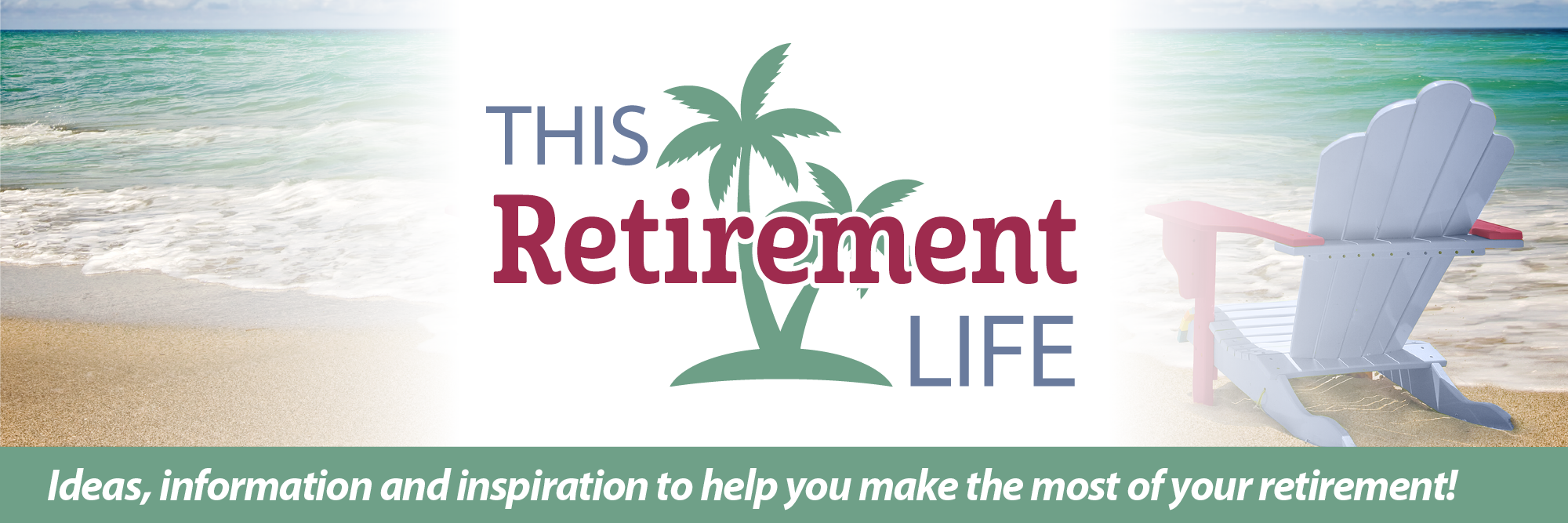
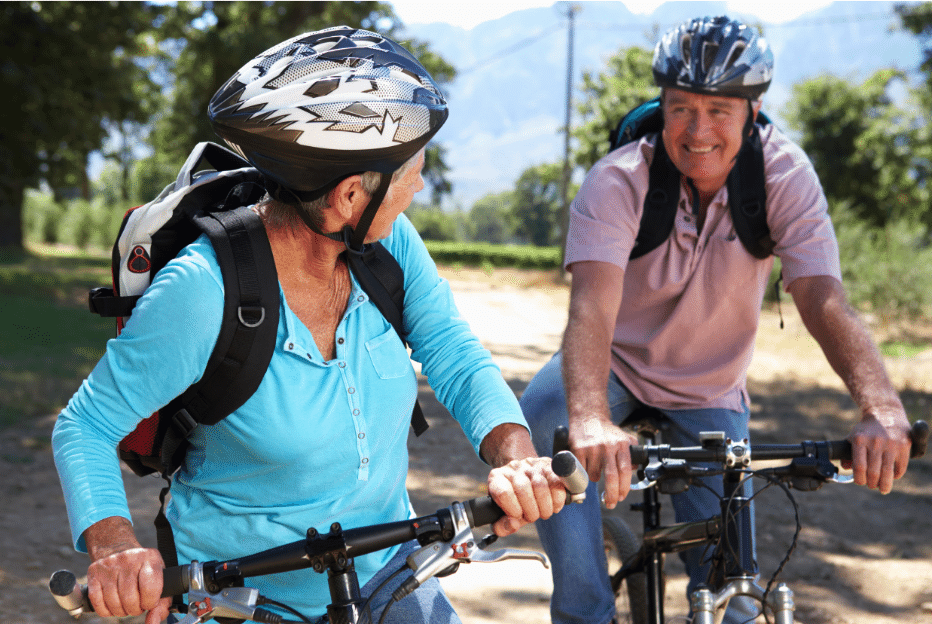

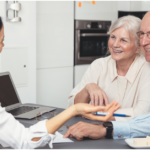
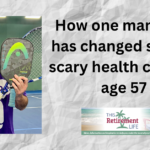




Great article! I’ve read many bike accidents/deaths occur at intersections from vehicles turning, with or without bike lanes. Some of the most helpful information that saved my bacon over the years was provided by the original Bike Ed Program from the League of American Wheelmen (since changed to League of American Bicyclists) I credit the program with helping me understand the dynamics of safely riding with street traffic. Their materials are the most up to date! I feel sad that finding information for interpreting the conventions/logic of the symbols/markings for local bike lanes especially for the more complex intersections is difficult to find in Memphis.
Keep up the good work!